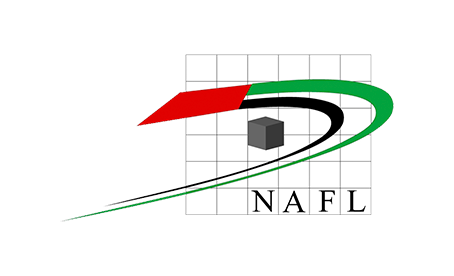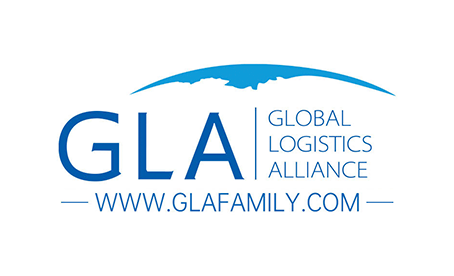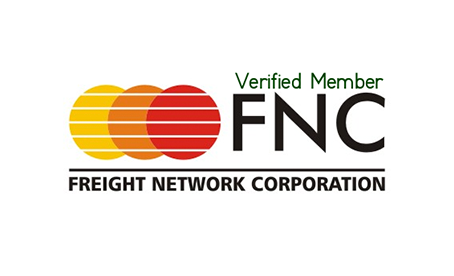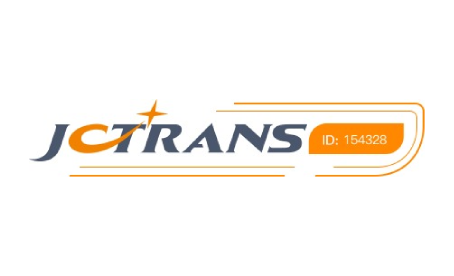Air freight from Europe to the UAE is crucial for many companies and commercial enterprises aiming to deliver their goods quickly and efficiently. With the increase in global trade and technological advancements, analyzing the cost of air freight has become essential to achieve financial savings and efficiency in this vital process.
The cost of air freight from Europe to the UAE poses a challenge for many senders and recipients. Despite the speed and effectiveness of air freight, it is often considerably more expensive compared to other transportation methods such as sea freight. However, through analyzing the factors affecting air freight costs and implementing thoughtful strategies, tangible financial savings and efficiency improvements can be realized.
This article delves into the analysis of air freight costs from Europe to the UAE, shedding light on ways to achieve financial savings and enhance efficiency in this context. We will discuss factors influencing air freight costs such as weight, size, and distance. Additionally, we will explore practical strategies for cost savings, such as leveraging temporary storage services and improving packing, repacking, and distribution processes.
How Does Analyzing Air Freight Costs Help Save Money and Increase Efficiency:
By gaining a better understanding of the air freight cost process and employing the right strategies, companies and institutions can achieve significant financial savings and enhance efficiency in air freight operations. These factors contribute to boosting flexibility and competitiveness in the global shipping market, yielding positive results in the long run.
Financial savings and increased efficiency in air freight operations can be achieved by adopting some practical strategies. For example, companies can benefit from temporary storage services at airports to store goods for a short period before shipping. This allows for better organization of shipments and more efficient utilization of containers and aircraft.
Furthermore, financial savings can be realized by improving packing and repacking operations. Determining the optimal size for packaging and using suitable packaging materials ensure the protection of goods during transport. Additionally, financial savings can be achieved by enhancing distribution operations, such as improving logistics planning, utilizing effective transportation methods, and optimizing scheduling and supply chain integration.
In conclusion, analyzing the cost of air freight from Europe to the UAE can provide companies with a deeper understanding of the costs and factors influencing the air freight process. Through adopting thoughtful strategies and improving shipping and distribution operations, tangible financial savings and increased efficiency can be achieved in this vital type of shipping.
How to Conduct an Analysis of Air Freight Costs from Europe to the UAE:
Conducting an analysis of air freight costs from Europe to the UAE involves several steps and factors that must be taken into consideration. Here is a description of the process of analyzing the cost of air freight from Europe to the UAE:
1.Identifying Basic Information:
Obtain essential information related to the air freight process, such as the weight, size, quantity, and total value of the goods to be shipped. This information forms the basis for cost calculations.
2.Determining Rates and Fees:
Familiarize yourself with the pricing and fee structures associated with air transport companies and shipping companies. Prices are typically determined based on weight, size, and distance and may be influenced by additional factors such as the type of goods and additional required services.
3.Analyzing Basic Shipping Costs:
This step involves calculating the basic cost of the air freight process. This is done by multiplying the weight by the standardized rate per unit of weight (such as kilograms) and adding any additional fees, such as emergency shipping fees or administrative fees.
4.Analyzing Economic Factors:
Consider economic factors affecting air freight costs. For example, fluctuations in fuel prices can impact costs, and customs, taxes, and fees related to air freight must also be taken into account.
5.Analyzing Cost-Saving Strategies:
Analyze potential strategies for cost savings in air freight. These strategies may include using low-cost shipping companies, optimizing packing and distribution operations to maximize space and load, or reducing storage-related costs.
6.Evaluating Supplier and Air Transport Company Efficiency:
Evaluate the efficiency of suppliers and air transport companies in terms of quality, service, and safety. This may involve reading reviews from previous customers and researching their track record in service provision, commitment to deadlines, and shipment safety.
7.Calculating Additional Costs:
Take into account any possible additional costs, such as cargo insurance, costs of compensating for damage or delay in shipping, and potential costs for customs clearance and dealing with customs procedures in the UAE.
8.Comparing Offers:
After gathering all the information and calculating various costs, compare different offers from air shipping companies. Analyze the details, costs, and services provided to choose the option that best meets your needs and budget.
How to Save Money and Achieve Efficiency in Air Freight from Europe to the UAE:
Saving money and achieving efficiency in air freight operations from Europe to the UAE requires the adoption of specific strategies. Here are some tips that can help you in this regard:
1.Advance Planning:
Prepare a detailed shipping plan that includes all elements related to air freight, such as the timeline, weight, size, and required customs details. Within the plan, try to identify the optimal time for shipping and avoid unnecessary delays that may increase costs.
2.Optimize Packing and Distribution:
Improve the packing and distribution process to maximize space and available cargo capacity. Try to reduce excess gaps and enhance the arrangement of goods within the shipment. This may contribute to cost reduction and improved efficiency.
3.Use Low-Cost Shipping Companies:
Research low-cost air shipping companies that offer high-quality services at competitive prices, whether through direct or indirect flights to the desired destination. Read reviews from previous customers and review performance records before making a decision.
4.Negotiate Prices:
Before finalizing a shipping contract, negotiate prices with air shipping companies. You may be able to obtain discounts or favorable rates, especially if you ship regularly or have a large volume of shipments.
5.Utilize Multimodal Transportation:
There may be an opportunity to save more money by using multimodal transportation, such as combining air, sea, and land shipping, instead of relying solely on air freight. While air freight may be faster, sea or land shipping could be more economical in some cases.
6.Carefully Monitor Costs:
Monitor costs carefully and identify areas that can be improved. Track costs associated with customs clearance, insurance, and compensation for damage or loss. By monitoring and analyzing these areas, you can take corrective actions to achieve savings and efficiency.
7.Leverage Technology:
Use available technology to enhance the efficiency of air freight operations. This may include using transportation management systems, shipment tracking, and electronic verification of documents. Technologies such as automation and artificial intelligence can help improve processes, reduce errors, and save money.
8.Collaborate with Transport Partners:
Build strong relationships with your transport partners. They may have information and experiences that can help you achieve savings and efficiency in air freight operations. Explore opportunities for benefiting from cooperation agreements and business partnerships to secure preferential rates and enhanced services.


 Track Your Shipment
Track Your Shipment
 Online Enquiry
Online Enquiry
 Sign In
Sign In
 English
English
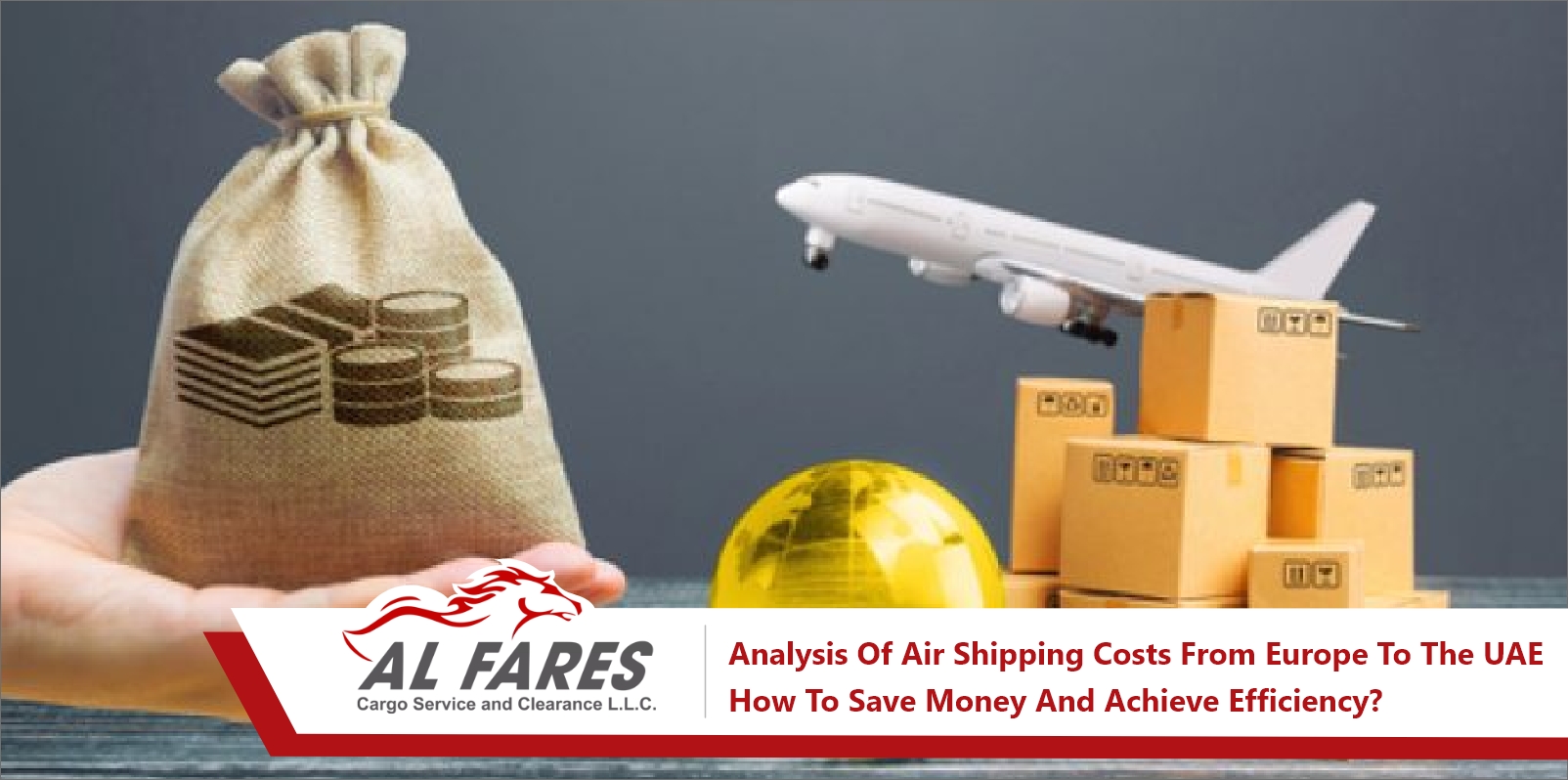
 Alfares Cargo
Alfares Cargo
 Logistic Informations
Logistic Informations
 2023-12-12
2023-12-12




